The Environmentalists: Marion Mahony and Walter Burley Griffin
Marion Mahony Griffin and Walter Burley Griffin, aka the Griffins, were an exceptional design team, with radical ideas that spanned continents and cultures. Both architects, they established their joint business in California in the early 20th century before relocating to Australia, making their mark with environmentally aware urban design. Both were united by mutual respect for the spirit of nature, and it was this particularly close, shared ideology that led them towards success. Their friend and writer Wanda Spathopoulos observed, “Always there was this … often silent communication between them. There was a kind of fusion. And you would hear them expressing the same ideas, the same philosophical ideas, but coming at them from a different angle.”
Marion Mahony was a pioneer of the late 19th century, the second woman to graduate in architecture from the Massachusetts Institute of Technology in 1894 and one of the first licenced female architects in the world. In 1895 she began working with the esteemed architect Frank Lloyd Wright, and it was here that she would first meet Walter Burley Griffin, an architectural graduate from the University of Illinois. Both Marion and Walter shared with Wright a fascination with the natural world, believing design should be founded on a pure, simple ideal inspired by the ordered patterns of the landscape.
Walter founded his own practice in 1905 at Steinway Hall, Chicago, while Marion continued working with Wright for several more years, taking on some of the company’s most challenging commissions. By 1909 Marion and Walter began a love affair, and were spending extended trips canoeing across Illinois. In 1911 they married in Michigan City, Indiana and from then on Marion chose to work alongside her husband, collaborating closely with him on a series of prominent commissions. Marion was particularly skilled in drawing, rendering both her and her husband’s designs in exquisite detail with ink and watercolour which helped secure their success.
In 1911 Marion and Walter entered a competition with the Australian Government to design the city of Canberra, and in 1912 they were awarded first prize. They left Chicago for Australia two years later to oversee the development of the new city, set in sheep grazing wilderness halfway between Sydney and Melbourne. Responding intuitively to the environment, the Griffins envisioned an open structured city which reflected the sloping angles of the land with wide-open streets and accessible areas of parkland. Sadly, their entire vision for the new city was only partially realised – the Griffins grew increasingly frustrated with bureaucracies surrounding the city development and resigned in 1920, leaving its completion to a new team of designers.
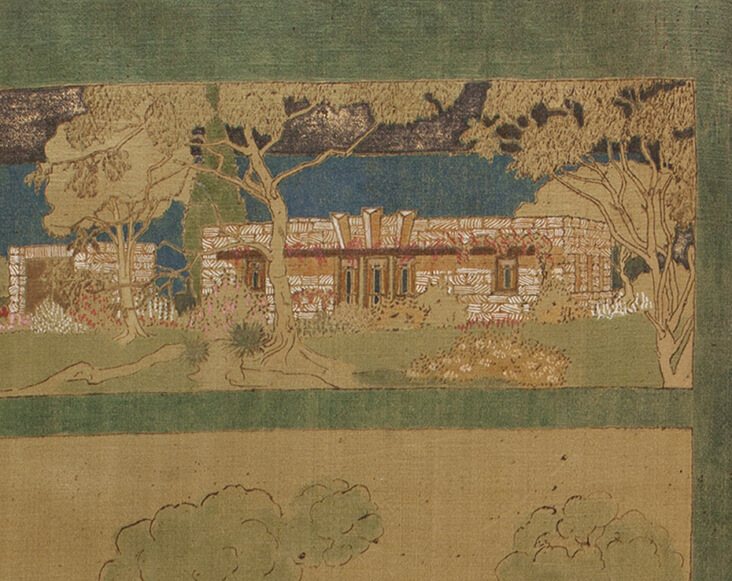
Detail of lithographic print on silk satin, depicting Dwellings 1 and 2 for Greater Sydney Development Association, by Walter Burley Griffin and Marion Mahony Griffin, 1922
Despite these setbacks, the Griffins remained in Australia for a further 20 years, completing over 200 projects including towns, estates, civic buildings, a university college, cinemas, theatres, industrial buildings, houses and interiors. This included a prominent area of urban redevelopment in Sydney which became the leafy suburbs of Castlecrag, Middle Cove and Castle Cove. These suburban areas were designed to encourage a lifestyle in close harmony with the land, with a series of interconnected walkways leading to nature reserves, untouched areas of bushland and subtle house designs made from local materials that became almost subordinate to the land around them, characterising the Prairie Style of architecture.
Griffin moved to India in 1935 to complete a new library for the University of Lucknow and was so entranced by the style and decoration of India that he chose to stay for a further two years, joined by Marion. Together they created what architectural historian Paul Kruty called a “modern Indian architecture”, sensitively simplifying and rearranging Indian décor for a new age. Marion’s intricate, precise ink and watercolour drawings during their years in India demonstrate the sleek, early Modernist refinement of their ideas.
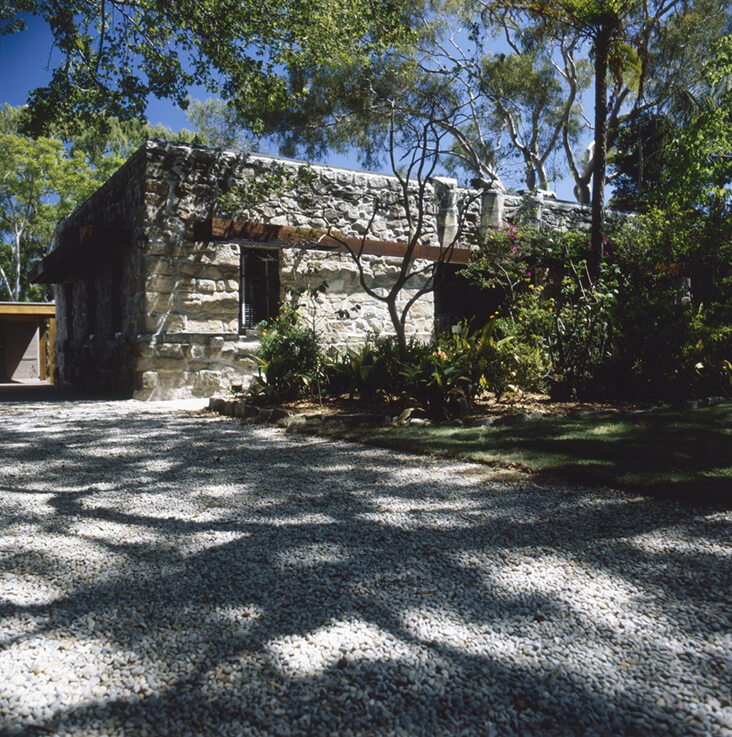
Marion Mahony Griffin and Walter Burley Griffins’ suburban development in Castlecrag, Australia, Caroline Simpson Library & Research Collection, Sydney Living Museums. Photograph (c) Lindy Kerr
Walter died suddenly and unexpectedly in 1937 of gallbladder complications, leaving Marion bereft. She eventually resettled in Chicago, where she continued to practice as an architect, as well as branching out into theatre and set design, and completing the retrospective publication The Magic of America in homage to her long and prolific life with Walter. Their legacy as architects and urban designers with a respectful, honest environmental awareness has been long-ranging. History has tended to emphasise Walter’s contribution to the design team, placing Marion’s role as a ‘helper’ or assistant rather than an equal partner. It is only in recent times that this sexist stance has been re-evaluated, giving long overdue, equal weighting to one of history’s most inventive and partnerships, which equalled far more than the sum of its parts.





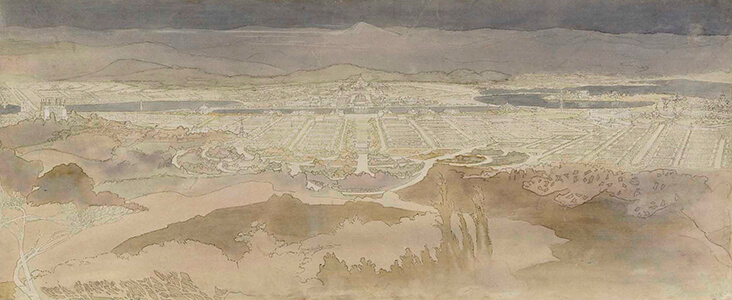
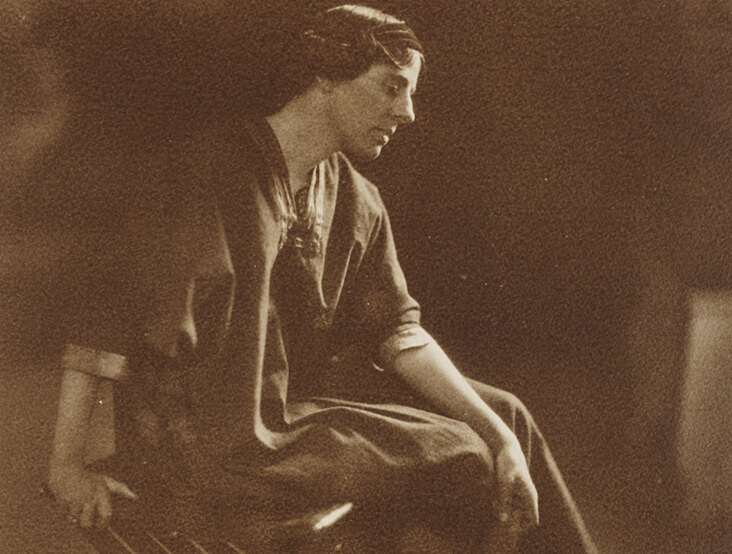
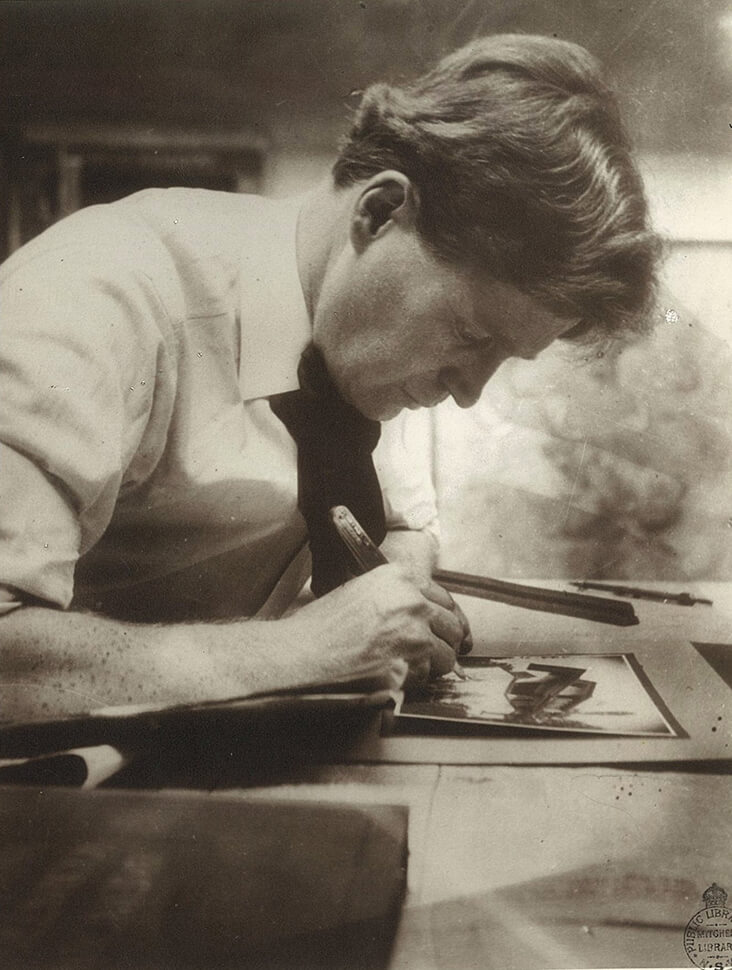
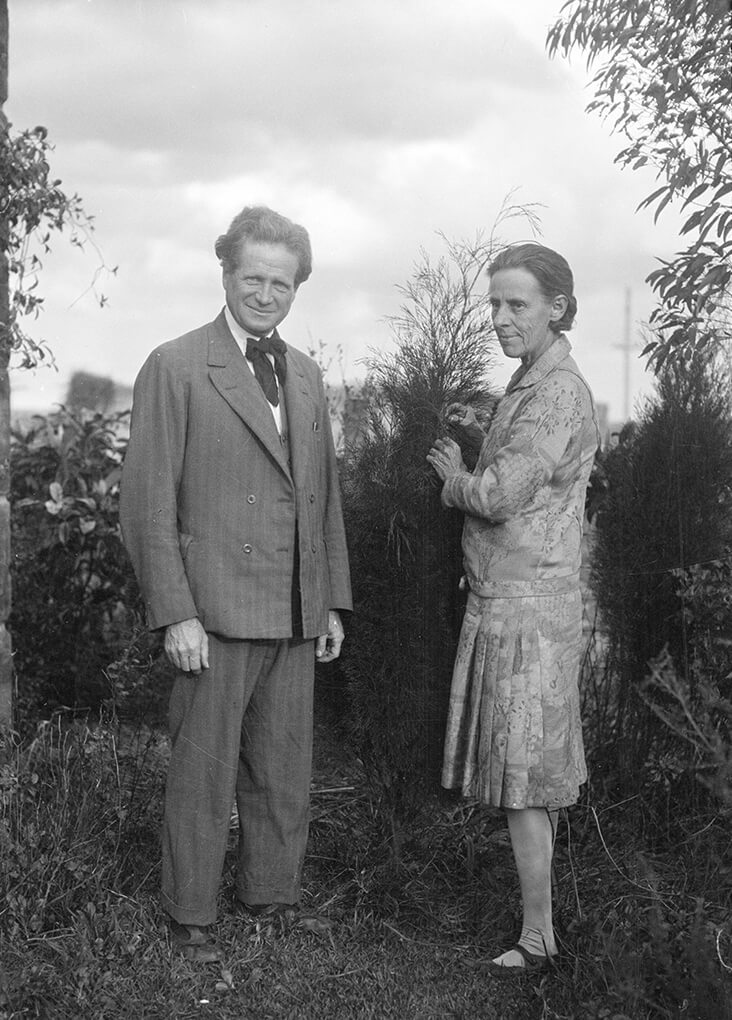

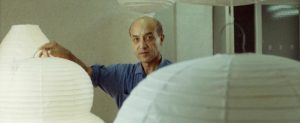

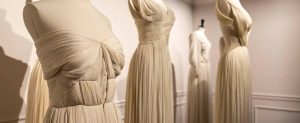














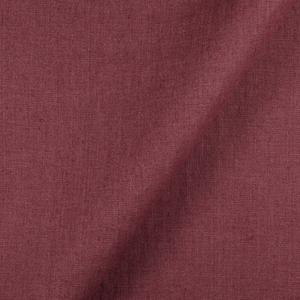

















9 Comments
Kathleen Havens
I kept thinking why hasn’t Hollywood or PBS made a series on Marion and Walter?
I’ll speak to Brad Pitt about this.
Christina Daily
Yes, agree with all these posts! Your articles are so always fasinating and make me smile at the depth of understanding in our artistic world. Thanks.
Norma Wierman
I always find your articles very interesting and informative. It’s lovely to learn something new And to look at all the lovely Fabrics. Thank you
Priscilla Knoble
I love the seemingly obscure histories of various people that are related to design that you share on this site. Please keep them up. They are always so interesting and well-written. Thank you for another fascinating step back in history.
Karen Owens
Wonderful story of 2 brilliant pioneers.
John Carlton
Fabulously well written and informative article! I will share and look forward to more from this writer.
Barbara Cloud weisman
Thank you for a wonderful story. Sunday morning enlightment!
Nancy Collins
What a beautifully written and inspiring article about two amazing people. I always read these pieces posted on Fabrics-store.com. Would love to know how to access all of them.
Thanks!
Kathleen Mccartney
What a wonderful story. Thank you.